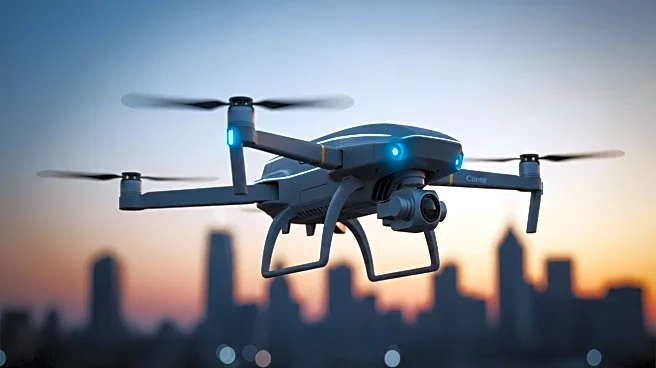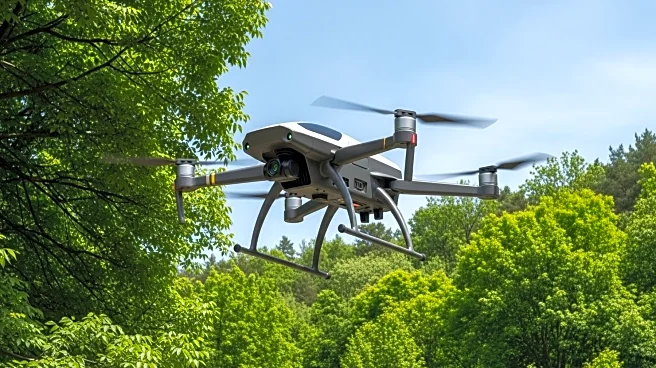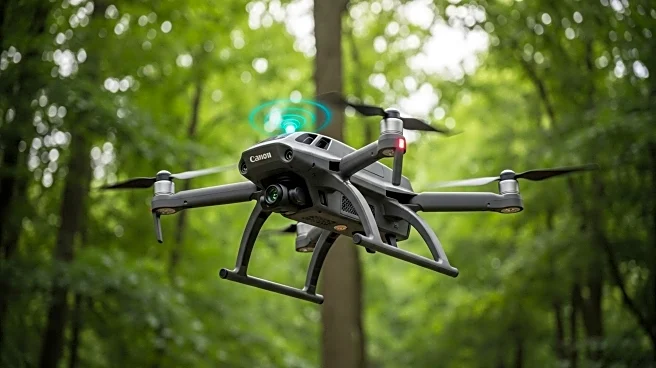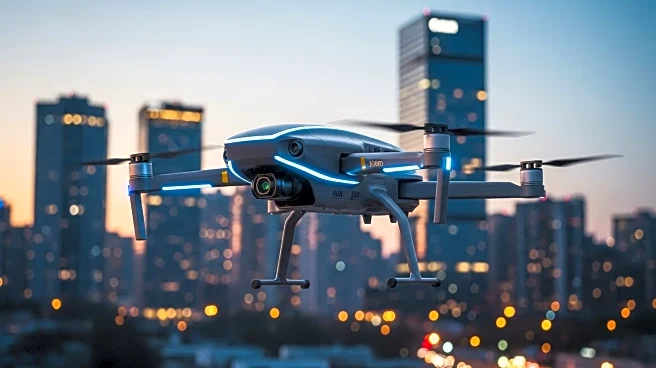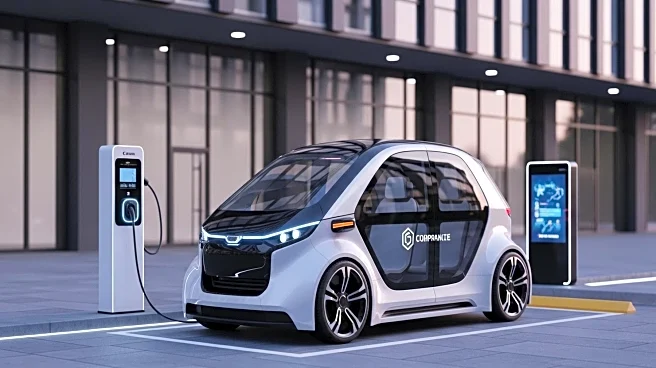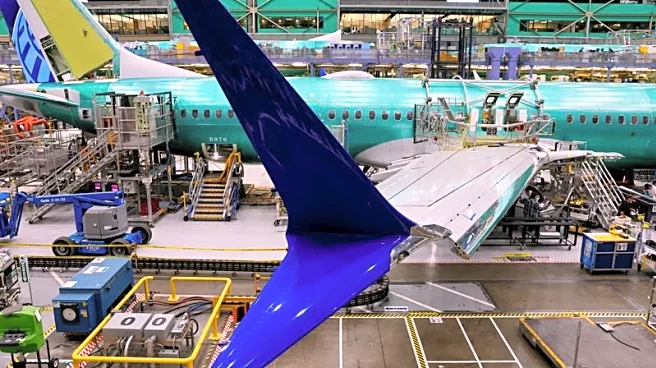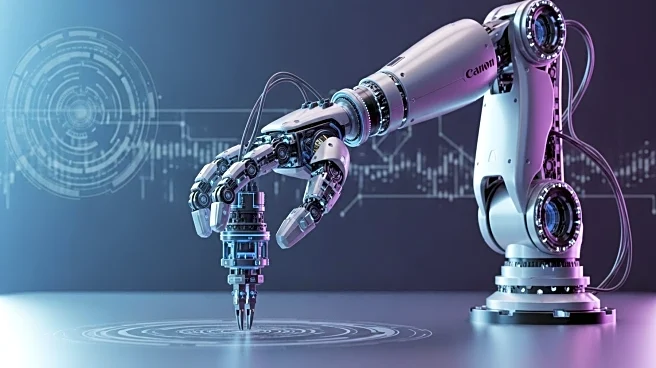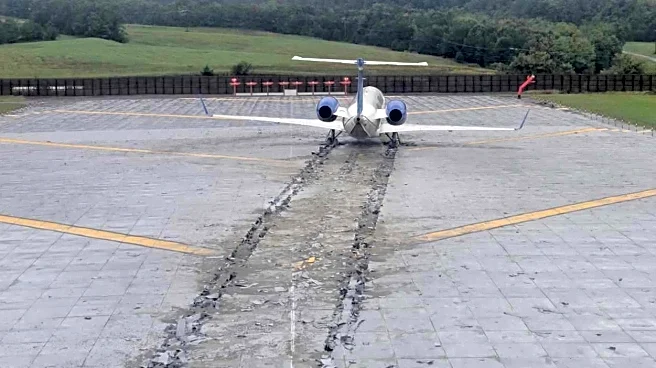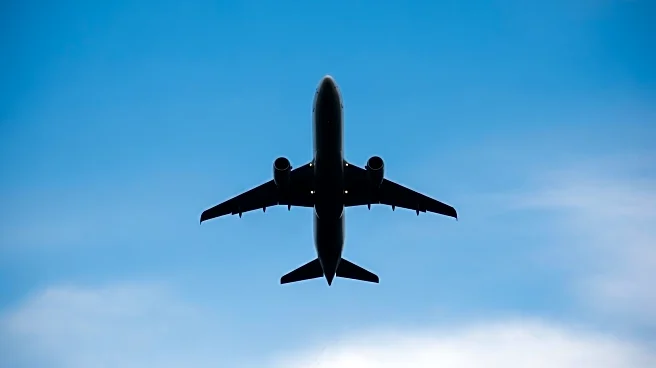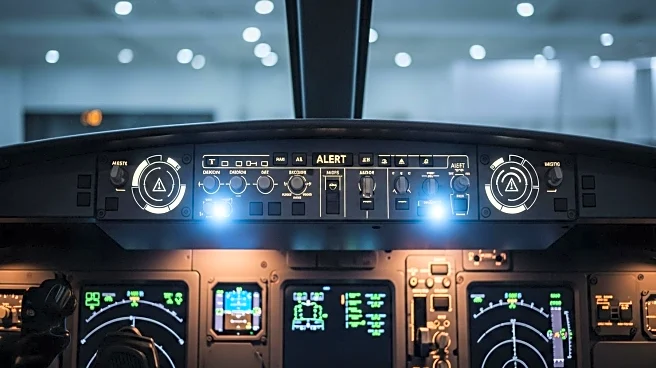What's Happening?
Uber is renewing its efforts in drone delivery through a partnership with Flytrex, aiming to succeed where its previous Uber Elevate project faced challenges. Advances in regulation, autonomy, and cost-efficiency are making drone delivery more commercially viable. The Federal Aviation Administration's proposed Part 108 rules are expected to accelerate beyond-visual-line-of-sight operations, allowing for large-scale deployment. James McDanolds, program chair at the Sonoran Desert Institute’s School of Uncrewed Technology, highlights the role of AI in scaling autonomous systems and the potential for multi-aircraft networks to redefine e-commerce and infrastructure.
Why It's Important?
The new partnership and regulatory changes could significantly impact the logistics industry by reducing operational costs and increasing efficiency. The ability to monitor multiple drones with a single operator could lower costs by two-thirds, making drone delivery more feasible. This shift could benefit e-commerce companies by providing faster and cheaper delivery options, potentially transforming last-mile logistics. The integration of AI and autonomous systems could further enhance operational capabilities, offering new opportunities for innovation in the logistics sector.
What's Next?
The implementation of the FAA's Part 108 rules will be crucial for the success of Uber's drone delivery initiative. As these regulations are finalized, companies will likely expand their drone delivery operations, potentially leading to increased competition and innovation in the sector. Stakeholders, including logistics companies and regulatory bodies, will need to address challenges such as airspace congestion and power grid demand to ensure safe and efficient operations.
Beyond the Headlines
The broader adoption of drone delivery raises ethical and privacy concerns, particularly regarding data collection and airspace management. As AI becomes more integrated into these systems, companies must balance technological advancements with responsible practices. The development of collision avoidance technologies and protocols will be essential to ensure safety and reliability in increasingly crowded airspaces.

